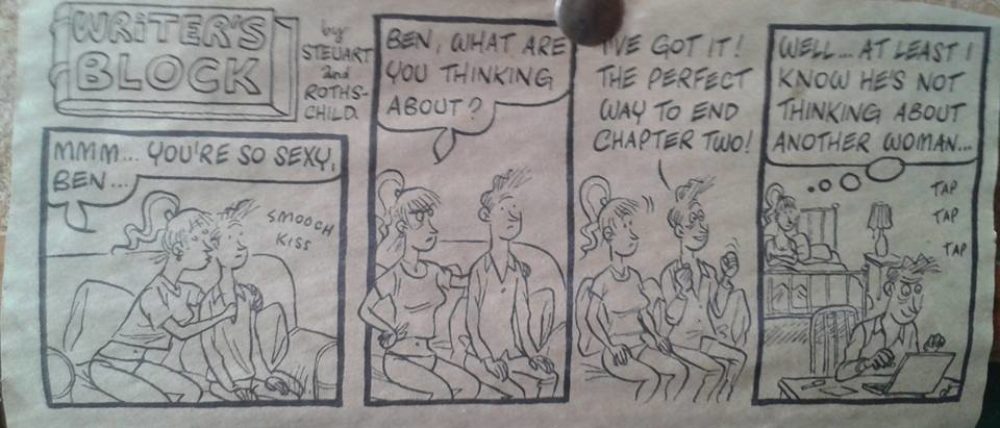I asked some friends if any had seen the remade series of The Prisoner. One replied: “The new series of The Prisoner is based around a deep, central mystery: how did Ian McKellen get involved in this load of ####?”
That may be a little unfair. Possibly only a little.
The premise of the original, as surely any fule kno: a high-ranking security agent resigns from his job without explanation; is abducted abruptly by parties unknown; and wakes up in the Village, a mysterious community where everyone is known by a number, ruled over by the no-sniggering-please No. 2.
(“Who is No. 1?” / “You are No. 6” – an exchange in the opening credits of each episode that may or may not answer the question.)
They want to know why he resigned. He wants to escape. He passes his time with various escape attempts, being frightfully British and driving the current No. 2 (usually a new face each week) insane, all with different degrees of success.
I missed the first of the new series, watched the second, and thought, yeah, they’ve got it in a typical non-linear post-Lost sort of way. Then I watched the first of the original series, for the first time in ages, and realised how immensely superior it is and always will be in almost every way.
Things the new series does well:
- Ian McKellen as No. 2, now a permanent fixture in each episode.
- A bigger and better Village that looks like it could indeed support a sizeable community like this. Some of the denizens have four-figure numbers, broken into convenient couplets like 11-12 rather having to address someone as One Thousand One Hundred and Twelve every time you meet. The original Village was bigged up by clever camera angles, but in the first episode we get to see it from the air and realise how tiny it is. I like the way the new Village even has its own holiday resort, a short bus ride away through the desert.
- They’ve kept Rover, bless them: the most impractical security system ever but what the heck. (“Why did you think a big balloon would stop people?” / “Shut up! That’s why!”)
Things it does less well … (Note that I don’t say badly because that would be unfair.)
Old No. 6, played by Patrick McGoohan, is rude, cynical, abrasive, thinks nothing of hurting the feelings of other people, and so of course is an excellent hero for a TV series. New No. 6, played by Jim Caz- Cav- him what was Jesus in The Passion of the Christ tries for the Clive Owen blokey vibe but really is quite forgettable.
Fatally, we are getting flashbacks that actually show Nu-6’s life before the Village: we might even be getting the story of why he resigned. Eek! No! The whole point is that we never did find out. The Prisoner was about the telling and not the finding out, because that way everyone could form their own theories, and if McGoohan had gone and told us – assuming he actually knew, which is debatable – then 99% of the audience would have ended up disappointed and it would almost certianly not have become the cult it did. The entire story of 6’s life, or rather, all we needed to know, was told in the opening credits, and that includes the first episode. Everything else that 6 had to say to the world came out through his various adventures. The opening credits took 2 mins 58 seconds, which is probably way too long for today’s ADD generation: but, it means that from the 179th second of the series, 6 was trying to escape. Nu-6 took until about halfway through episode 2 to make vague gestures in that direction. Oh, come on.
No. 2 has a wife and son, or at least, a tender-faced smileless young man (the aforesaid 11-12) who is believed to be his son. Again, no. Just … no.
For all its strengths, life in the new Village is also just too down-to-earth. Inhabitants actually ask fatal premise-puncturing questions like “do you think this man and woman had children and raised a family just so they could confuse you?” The answer to original 6 would have been a resounding “yes!” The series was all about Patrick McGoohan, so, yes, why not? Fact is: it was colourful, surreal and sixties and it can’t be recreated in any other time period.
And finally, though some might call it nit-picking: there’s no tune. Oh, there are closing credits and some kind of music plays over them but, like most such things nowadays, they are designed to be shunted over to one side of the screen so the next programme can be advertised, or an announcer can chat over them, or … look, they’re a contractual obligation for the actors and production crew, that’s all. Whereas in the olden days no episode was over until McGoohan’s face had flown at the camera, away from the Village, blocked at the last minute by bars that clanged shut, and then you’d sat through the credits too, watching a surreal penny-farthing bicycle assemble itself for no readily apparent reason while Ron Grainer’s infuriating tune plays at you with no instrument playing a bar for quite long enough.* Without that level of understanding of the original, any remake is fundamentally flawed and doomed.
*Like this.
